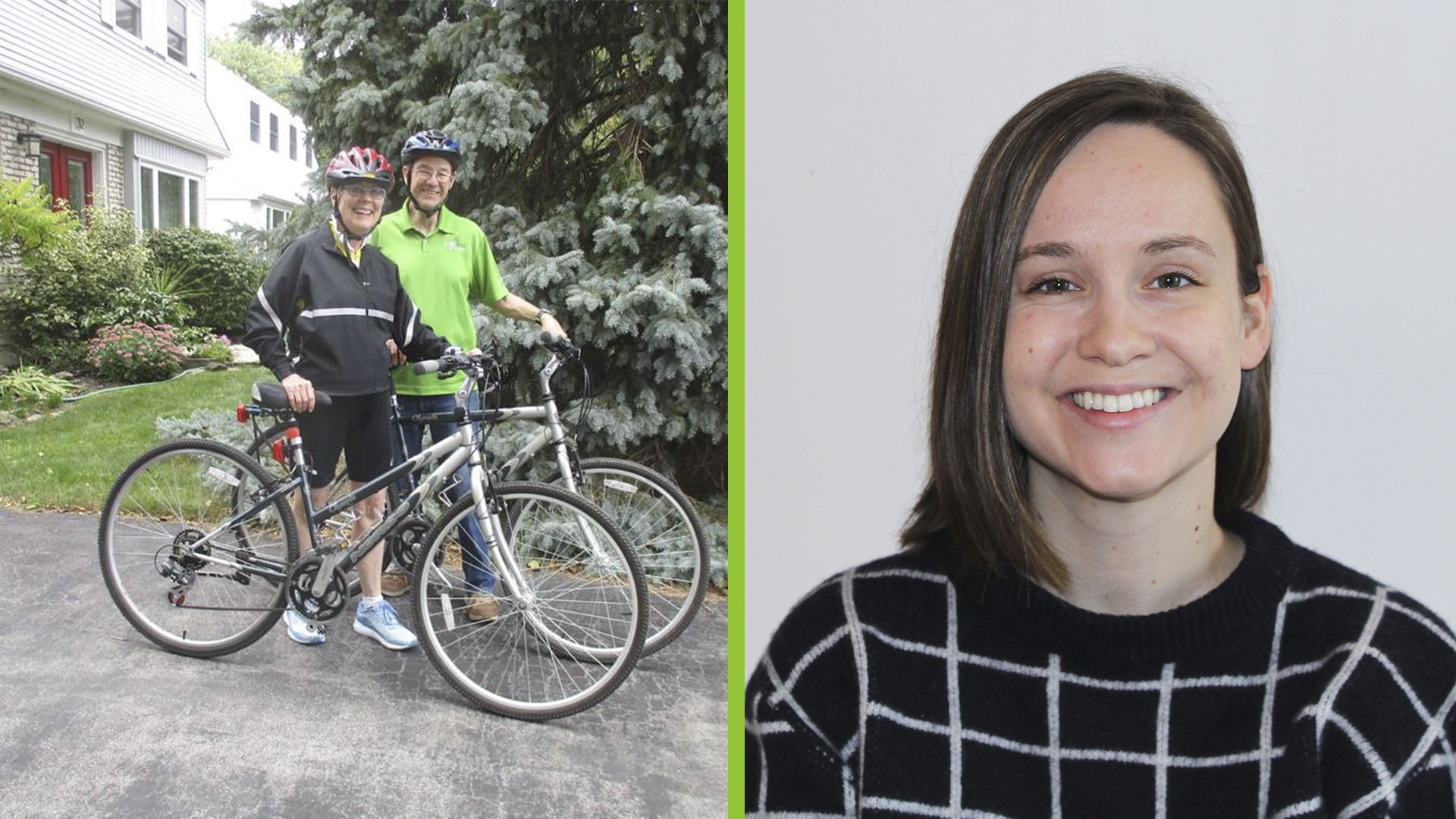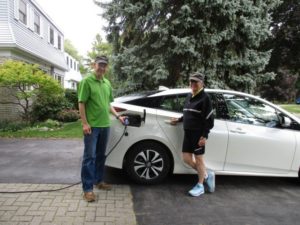
Bullfrogpowered: then and now
To celebrate 15 years of giving Canadians a green energy choice, we asked customers from 2005 and 2020 to share why they went renewable—and where else they find hope for the future.
Shari and Allan Baker: bullfrogpowered since 2005

We signed up for Bullfrog Power in 2005 as we were intrigued by an article about Bullfrog that was in the Toronto Star. We wanted to reduce our carbon footprint and help prevent climate change.
We think that individuals can work to create a greener world in two ways. One is by taking action to reduce greenhouse gases. That could mean backyard gardening, eating plant-based foods, driving hybrid or electric vehicles, and bicycling more often.
The second way to create a greener world is with government regulations. Our experience has shown us that issues such as acid rain and ozone depletion have been improved through political action. These are situations where advocacy by concerned people resulted in legislation that has benefited not only the common good of humanity, but all life on Earth.
Compared to 2005, there are now more people on board with the need to take action on climate change—especially young people. In September of 2019 we were impressed by the thousands of people of all ages who marched in Toronto and other cities. That gives us hope for the years to come.
Tegan Gallilee-Lang: bullfrogpowered since 2020

My fear of a worst-case climate change scenario has been steadily heightening for the past 15 years, but I’ve found that reducing my personal emissions has been a great way to alleviate some of my anxiety.
This year I took a hard look at where my emissions were coming from and made a plan to address each source. That’s how I came to bullfrogpower my home in 2020—to displace my electricity-related emissions!
As we look to the future of the climate movement, it’s essential to elect governments who treat climate action as a top priority, and then hold them accountable! We can also think about where we have influence over emissions and find ways to reduce them. For example, does your workplace appropriately prioritize climate action? Do the companies you buy from have strong sustainability policies? It doesn’t have to be about doing everything you can right away—it’s more about finding the next right step for you.
